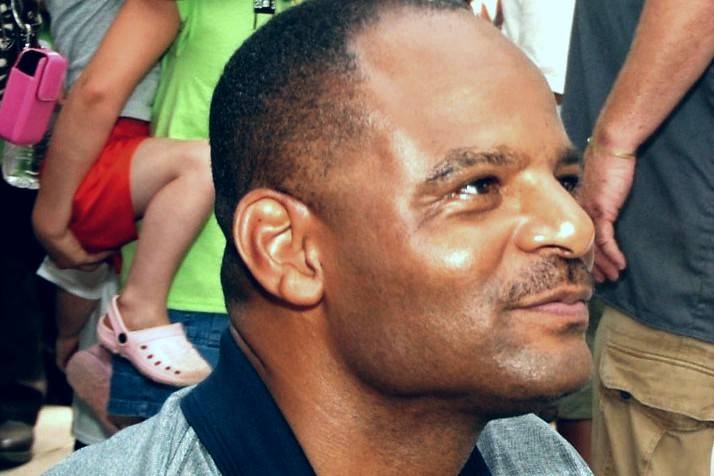FOR EIGHT YEARS, it has been the patient on its own operating table, a once-robust public hospital system bleeding badly from $92 million in losses. But PacMed apparently will live. “Those problems are behind us now,” interim CEO and consultant Norm Webb insisted last week after PacMed Clinics, the successor to Pacific Medical Center, won approval from its public development agency board to become a separate nonprofit public corporation. The split—in effect, the end of the public development agency’s bureaucratic rule and introduction of a market-driven approach to PacMed’s public-health mission—was engineered in part by City Hall, which oversees PacMed. With 340,000 annual patient visits on the line, the city, like the state auditor, worried that the health provider could collapse financially (see “Terminal Condition?” March 7).
Still, was this conjoined surgery necessary? PacMed has succeeded lately under Webb and other recent CEOs to proclaim its first profit since 1994. “Well, this [split] was basically demanded by the mayor’s office,” says an irritated Bob Kaplan, treasurer of the public development agency (PDA) board that, since 1981, has overseen PacMed’s shrinking operations. Today it is composed mainly of six clinics in Seattle, Lynnwood, Renton, and Totem Lake. His was the only dissenting vote last week when the board, which will now be reduced to a fund-raising entity, gave its blessing to the break during an evening session in its legal counsel’s lofty offices in the Bank of America Tower. Through windows on the south side, they could see the glowing Beacon Hill edifice of the old PacMed, the ornate public hospital opened in 1931 to minister to the poor. Closed in 1987, the brightly spotlighted building now is headquarters of Amazon.com.
CEO Webb concedes that Mayor Greg Nickels “wanted this, yes.” Kaplan, who called the divorce from the public development board “not in the best interest of the community or the organization,” indicated there were other, outside pressures. Swedish Hospital, one of the clinics’ partners, “felt it couldn’t deal with the PDA,” Kaplan says. (The public development agency is also a nonprofit public corporation but carries additional layers of bureaucracy as a quasi-governmental entity.) The yet-to-be-formed clinic board will operate under an independent business model that, according to a reorganization outline, allows “increased flexibility and strength in the marketplace.” Says Kaplan: “The question is private medicine versus less public medicine—and public medicine is our mission.”
Other board members thought the public development agency’s new fund-raising role could help PacMed’s original mission. “There is always some risk in change,” says member Richard Marks, but a “new PacMed” can focus on services while the public development agency concentrates on expanding aid to the uninsured.
With 120 physicians and 550 employees now, it’s already a leaner PacMed. Webb predicts a profit of $3.9 million this year, achieved with higher fees, streamlined revenue collection, and patient-service cuts. Besides seven clinic closures and consolidations since 1999, PacMed also shut five pharmacies, laid off 400 people, and reduced workers’ hours. Webb thinks that’s what it takes to survive. “We’re just cutting the bureaucracy out of patient care,” he says.








